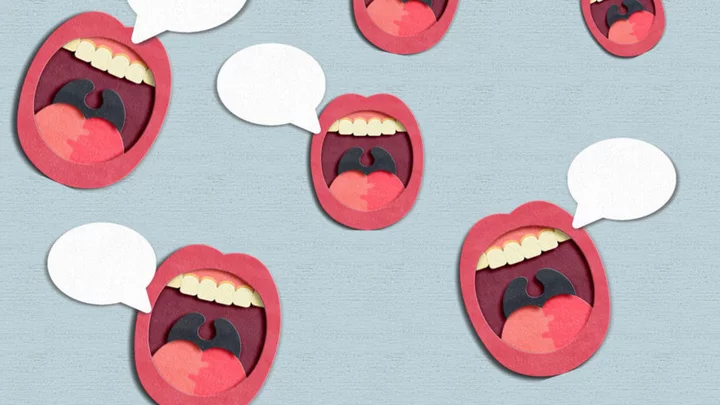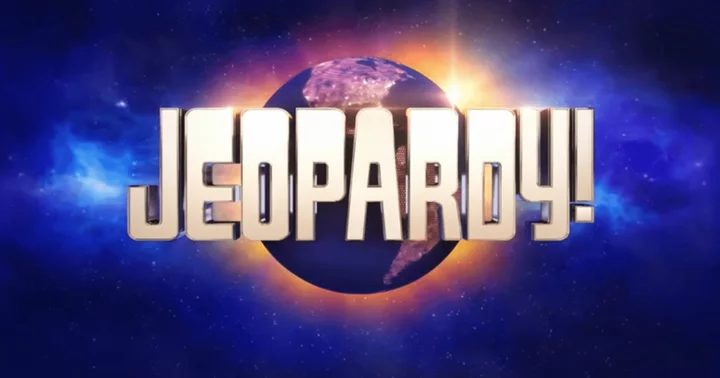On the surface, disinformation and misinformation have a lot in common: They’re both types of false information. In fact, misinformation can sometimes be disinformation, and disinformation can give way to misinformation. But despite their similarities, the two terms aren’t exactly interchangeable.
Misinformation vs. Disinformation
As Dictionary.com explains, misinformation is wrong information relayed “regardless of intent to mislead.” In other words, the person transmitting the intel isn’t necessarily trying to make anyone believe something erroneous; in many cases, they don’t even know it’s erroneous in the first place.
Say, for example, you tell your uncle that you’re headed on a spelunking adventure in a bat-heavy area. He tells you to wear a hat at all times, considering bats’ penchant for getting tangled in people’s hair. If your uncle actually believes that bats target hair (they don’t), he’s spreading misinformation—it’s untrue, sure, but he’s not purposely trying to sow untruths.
But maybe your uncle had a harrowing encounter with a bat colony as a kid. He’s feared and hated them ever since, and he’s keen on making everyone else fear and hate them, too. To further his mission, he’s constantly presenting slanderous misconceptions about bats as facts. That’s not just misinformation—it’s disinformation, which the Oxford English Dictionary defines as “the dissemination of deliberately false information, [especially] when supplied by a government or its agent to a foreign power or to the media, with the intention of influencing the policies or opinions of those who receive it.” Disinformation can be as large as an international propaganda campaign or as small as one man’s crusade to turn the world against Stellaluna and company.
So your uncle maliciously mentions that bats love to claw at hair, you believe him, and then you tell everyone on your spelunking trip that bats love to claw at hair. As you’re not sharing the fictitious tidbit out of any ill intent, it’s back to being plain old misinformation.
How to Know Which Term to Use
Misinformation is a much older term, first showing up in print during the 16th century. The earliest known written instance of disinformation, by contrast, is from 1955—possibly derived from the Russian word dezinformátsiya. Unsurprisingly, disinformation appeared a lot in reference to all the espionage and propaganda that happened on both sides of the Cold War.
Here’s a handy mnemonic device to help you keep the two straight: Misinformation is often a mistake, while disinformation is intentionally dishonest.
A version of this story ran in 2021; it has been updated for 2023.
This article was originally published on www.mentalfloss.com as Disinformation vs. Misinformation: What’s the Difference?.









